The rice is light pink in color, and when eaten, it tastes sweet and refreshing. That is why there is a poem by Tung Thien Vuong: “…only for lovers to peel, the fragrance is so fragrant that it reaches the bone…”
[caption id="attachment_64536" align="aligncenter" width="768"]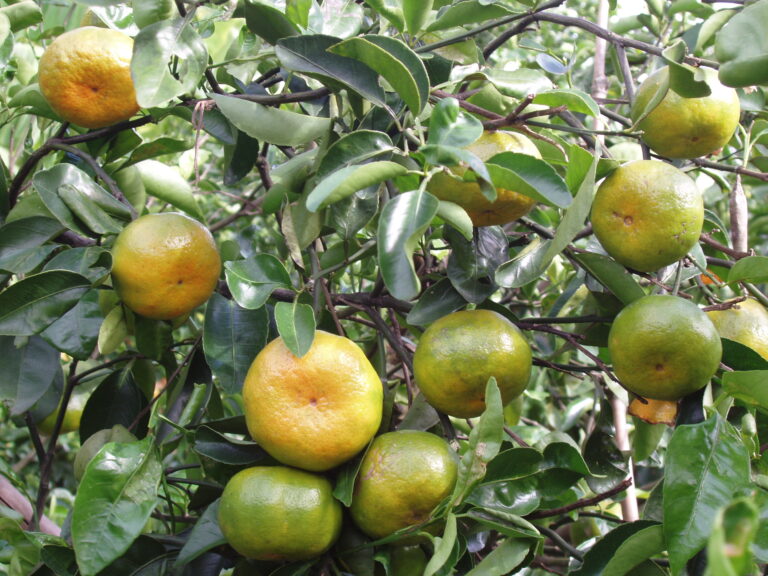 [/caption]
[/caption]Huong Can Mandarin
Huong Can tangerine is a sweet fruit grown in Thua Thien – Hue, Vietnam. Thua Thien – Hue province has many famous fruit specialties such as longan (longan used to be only for the king), mangosteen, Thanh Tra grapefruit... In addition, along the Bo river, there is also Huong Can tangerine.
Huong Can grapefruit, scientific name Citrus deliciosa Tenore, belongs to genus Citrus, family Rutaceae, is in the list of "Precious plant genes in need of conservation in Vietnam" (Issued under Decision No. 80/2005/QD-BNN, dated December 5, 2005 of the Ministry of Agriculture and Rural Development of Vietnam).
The tangerine tree prefers hot, humid climates with lots of light, so it is widely grown in Jiangnan (China). In Vietnam, there are many places that grow tangerines, but Huong Can tangerines are famous for being grown on the alluvial soil of the Bo River, in Giap Kien, Huong Can village. People often use the method of grafting to propagate, helping new plants grow quickly and not degenerate after many years.
Huong Can tangerine has a different characteristic from other tangerines: when ripe (October-November), the fruit is orange-yellow on the surface and green on the stem. The spongy skin is thin like paper and is easy to peel, when peeling the tangerine has a characteristic aroma. The tangerine segments are easy to separate. The flesh is light pink, when eaten, it is sweet and refreshing. That is why there is a poem by Tung Thien Vuong: "... only for lovers to peel, the aroma is fragrant to the bone..."





![[Photo] Looking back at the impressive moments of the Vietnamese rescue team in Myanmar](https://vstatic.vietnam.vn/vietnam/resource/IMAGE/2025/4/11/5623ca902a934e19b604c718265249d0)

![[Photo] "Beauties" participate in the parade rehearsal at Bien Hoa airport](https://vstatic.vietnam.vn/vietnam/resource/IMAGE/2025/4/11/155502af3384431e918de0e2e585d13a)
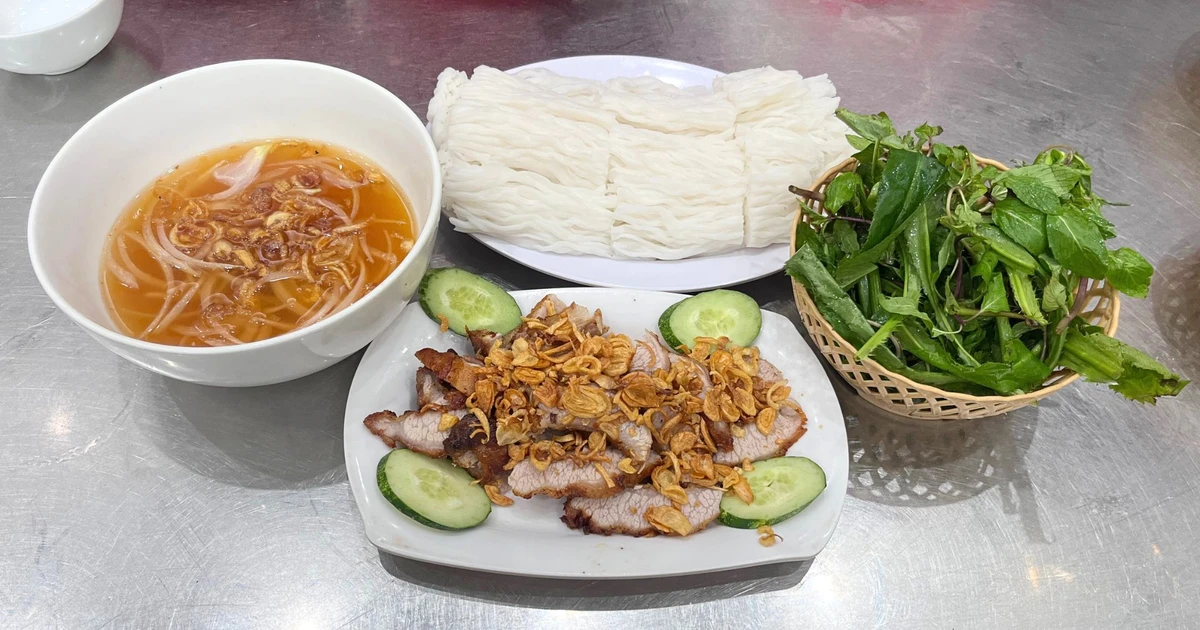

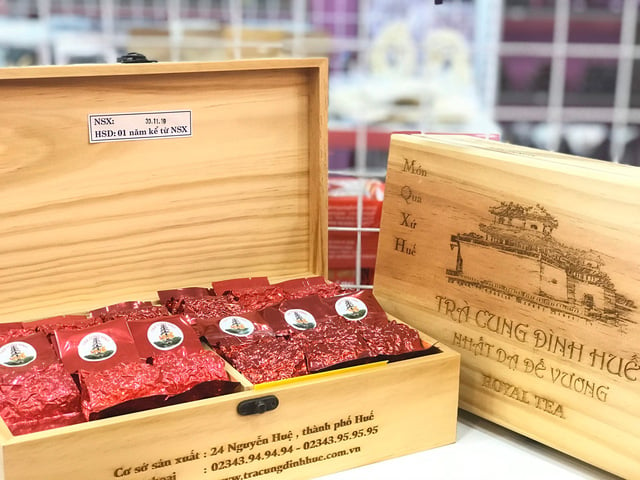
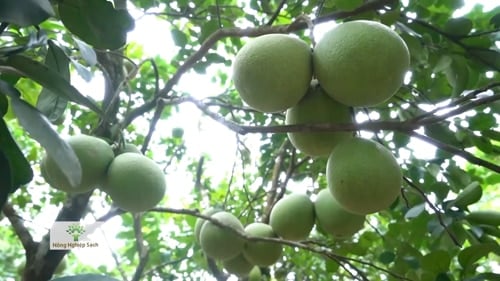
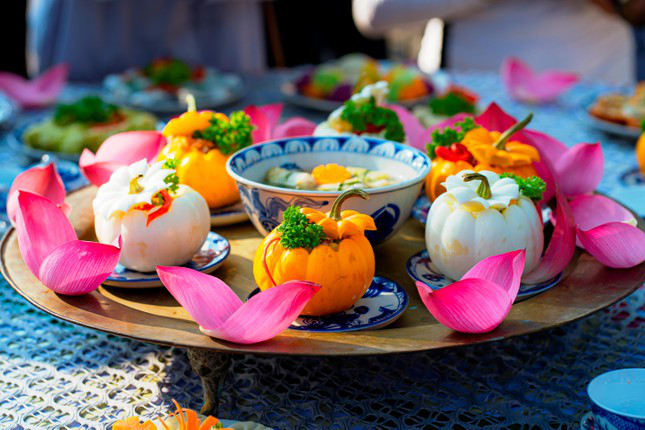


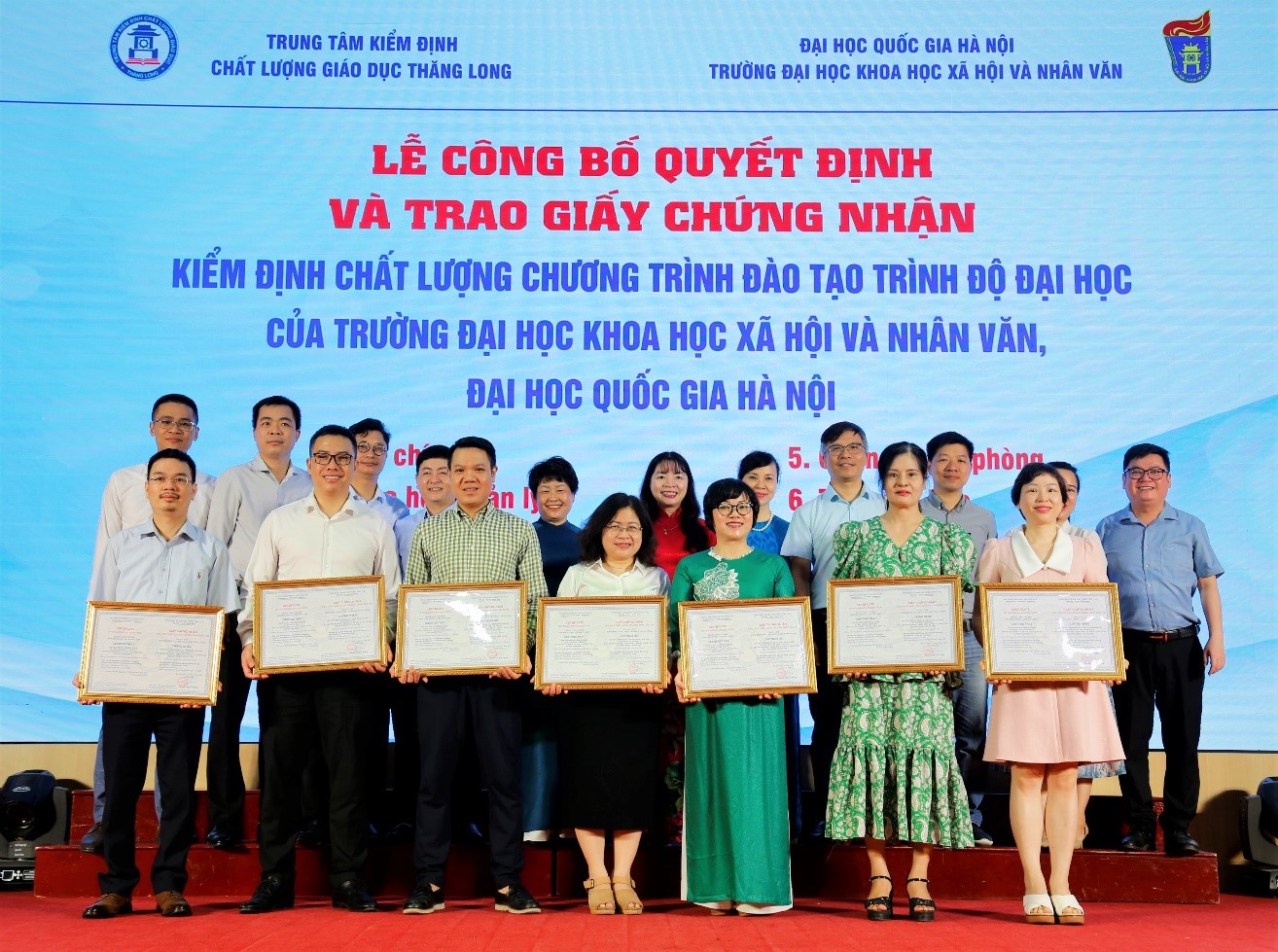






![[Photo] Summary of parade practice in preparation for the April 30th celebration](https://vstatic.vietnam.vn/vietnam/resource/IMAGE/2025/4/11/78cfee0f2cc045b387ff1a4362b5950f)








































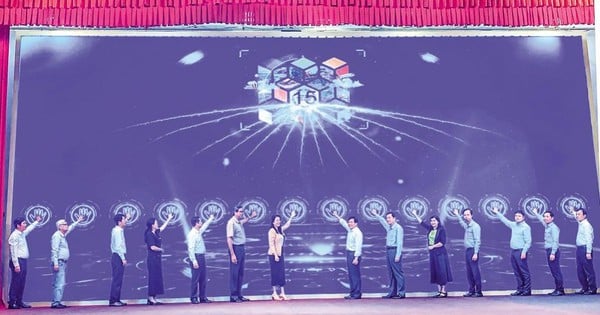



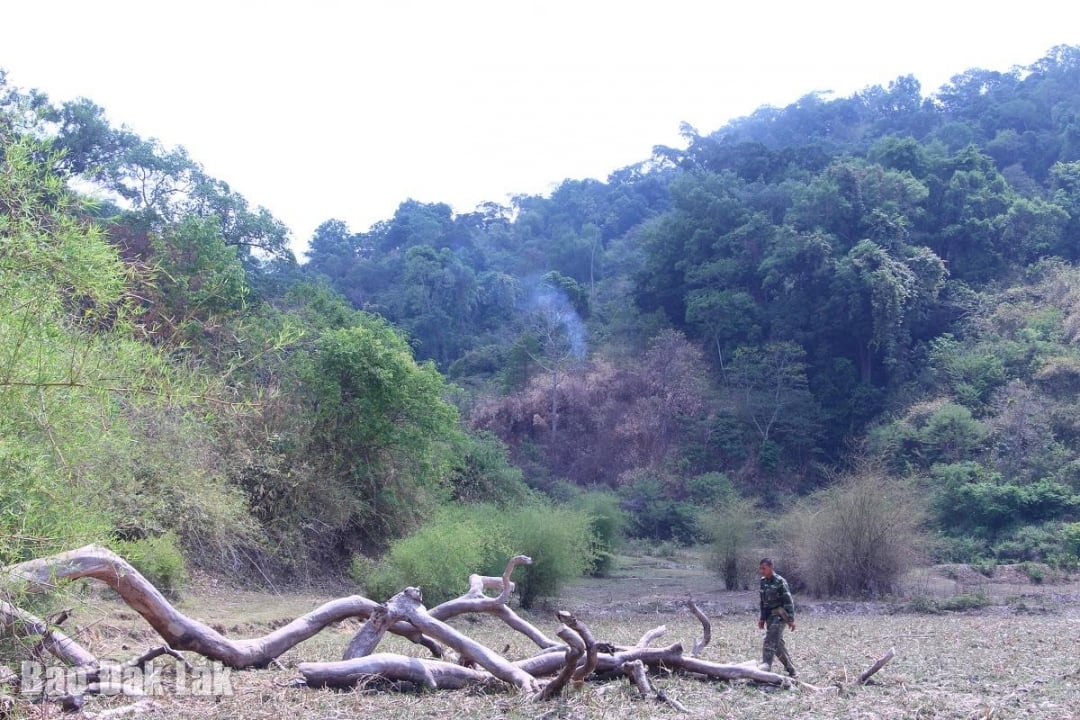

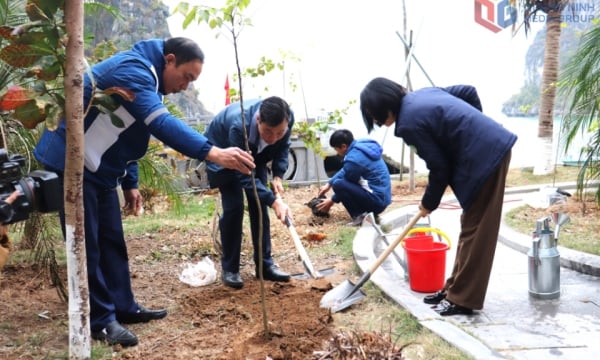


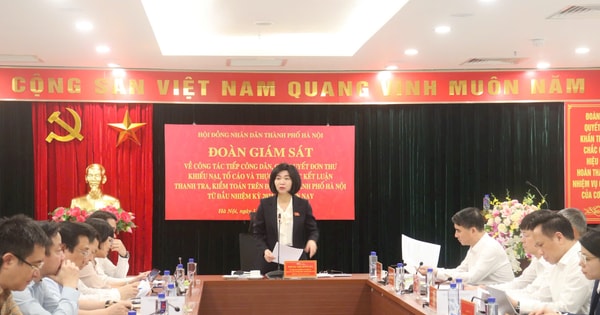












Comment (0)